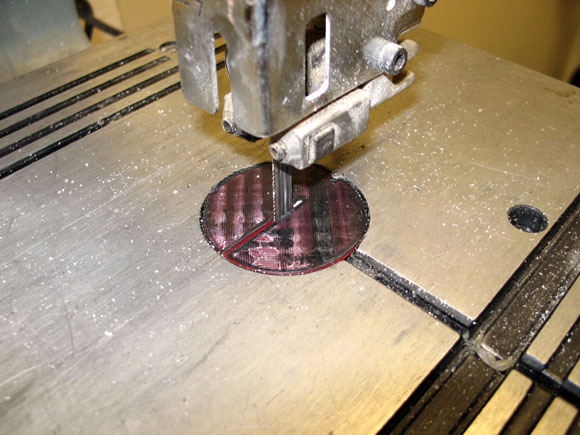Laser Cutting
It's already a good year for the small R&D team I work with: we've been lucky enough to get a laser cutter to experiment with! Ours is the 40W “fifth-generation” model from Full Spectrum Laser; it can cut up to 1/4 inch wood or plastic and can engrave anodized aluminum. It also features some slick software that acts as an ordinary Windows printer driver so that you can print directly from the software of your choice (for me in this context, usually Adobe Illustrator).

Completed laser setup
Like a lot of digital fabrication machines in the hobbyist end of the market, however, this device requires some setup to get it running. You'll want to mount the laser on a worktable or mobile cart big enough to support it and all the associated infrastructure. We equipped ours with a power strip for all the associated peripherals as well. On the left side of the photo is a small air compressor, supplied with our laser, that provides high-pressure air to the cutting head for purposes of blowing away anything that might otherwise adhere to the optics. This might also be useful in blowing out flames that may occur, which is definitely something to keep an eye on when laser cutting.



